I hope you enjoy reading this blog post.
If you want to get more traffic, Contact Us

Click Here - Free 30-Minute Strategy Session
Be quick! FREE spots are almost gone for this Month. Free Quote
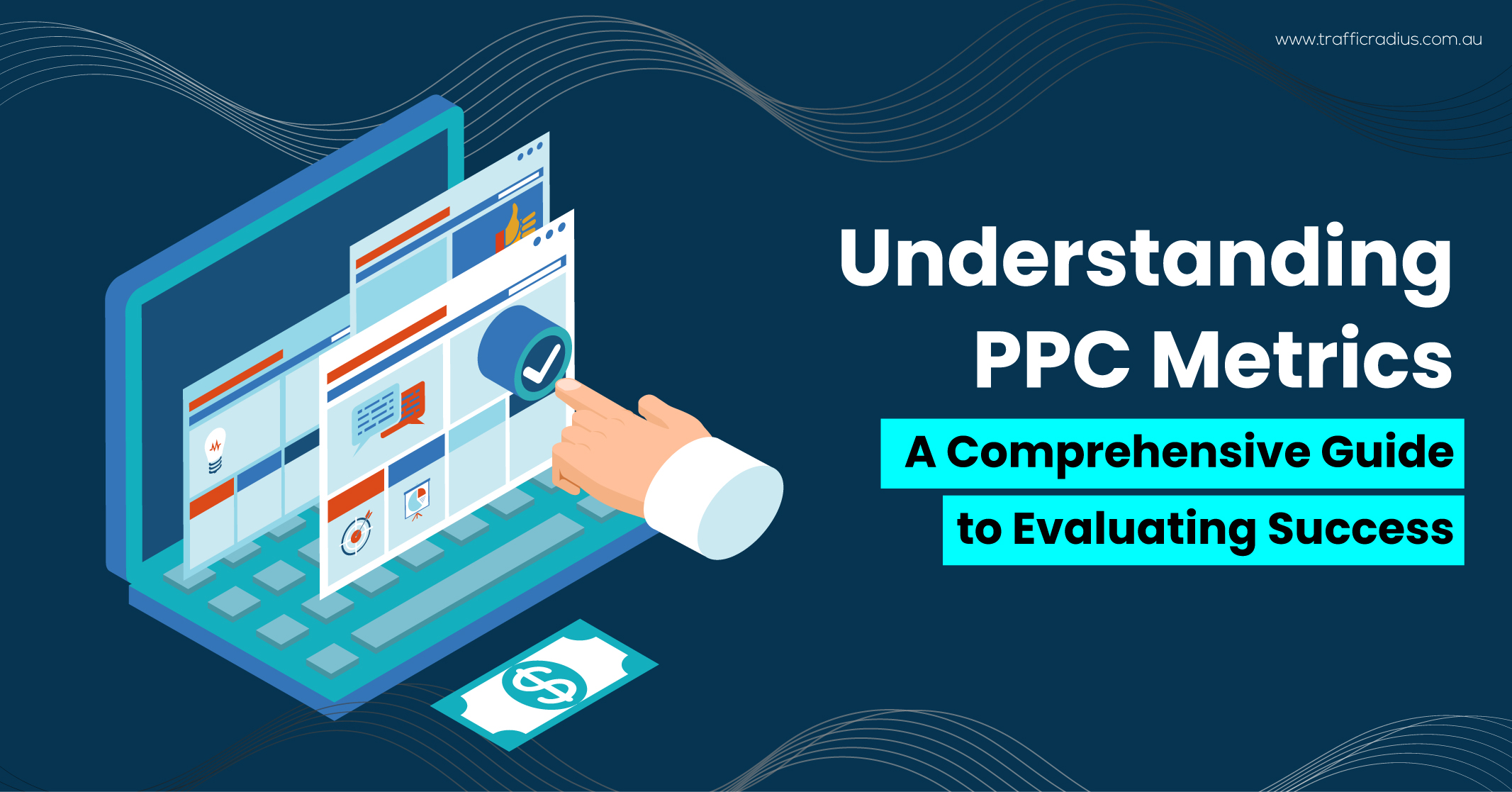
Let’s delve into the fascinating world of pay-per-click (PPC) metrics. First, let’s clarify what PPC is all about.
PPC refers to a form of online advertising where businesses bid on popular keywords or targeting options to display their ads on search engines, social media platforms, and websites. It’s a powerful tool that allows you to reach the right audience with the right message at the right time.

Click Here – Free 30-Minute Strategy Session
Be quick! FREE spots are almost gone for this Month
Often referred to as the queen of quick wins and SEO’s partner-in-crime, PPC can deliver remarkable results that resonate with your target audience.
In this guide, we will explore the most crucial PPC metrics, understand their significance and learn how to measure each one effectively.
These metrics provide valuable insights, including:
By continuously analysing this data, you can make ongoing adjustments to optimise your ads, ensuring they gain the attention they deserve and deliver the desired outcomes.
On a larger scale, tracking pay-per-click marketing campaign metrics not only helps with tactical adjustments but also enables strategic decision-making. It allows for smarter spending and ultimately increases your return on investment (ROI).
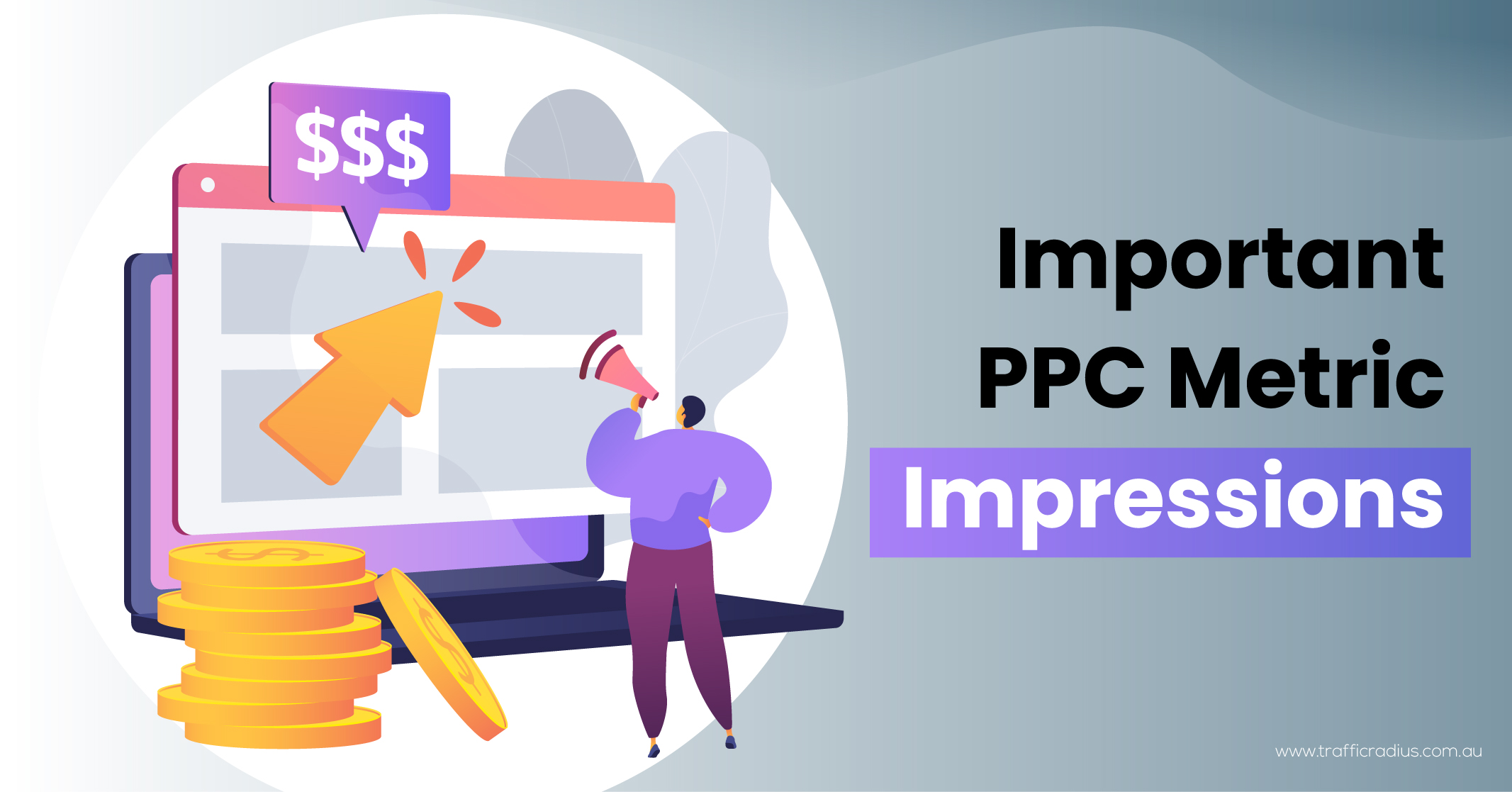
Impressions represent the number of times your ad appears on a search engine results page (SERP), social media platform, website or network.
Why measure impressions?
Measuring impressions is crucial to assess the visibility and reach of your ad. Low impressions indicate that your ad isn’t effectively reaching your target audience.
Possible reasons for low impressions could be a narrow audience targeting or inadequate keyword selection.
How to measure impressions?
Impressions are measured by tracking the total number of times your ad has been displayed within a specific time frame. You can access this data on PPC advertising platforms such as Google Ads, Facebook Ads or LinkedIn Campaign Manager.
Also known as cost per thousand impressions, CPM is a key metric for measuring ad exposure. It reveals the cost incurred for every 1,000 times your ad is displayed.
Why measure CPM?
Measuring CPM is essential for understanding the broad reach and visibility of your ads (through impressions). It serves as a valuable tool for budget management, performance comparison, evaluation, and refining your targeting strategies.
How to measure CPM?
To calculate CPM, divide the total cost of your campaign by the number of impressions, then multiply the result by 1,000.
Impression share gauges the actual number of impressions your ad receives compared to the estimated number it is eligible to receive.
For instance, if your keywords were searched 100 times, and your ad was displayed only 50 out of those 100 times, your impression share would be 50%.
Why measure impression share?
Measuring impression share reveals how effectively your ads compete for attention. By tracking impression share, you can identify areas where you may be missing opportunities to maximise your reach to its full potential.
How to measure impression share:
Impression share is calculated as the percentage of impressions your ad receives compared to the total number of impressions you are eligible to receive.
Clicks refer to user interactions with your ad, where they click on the associated link, image, or any relevant part of the ad.
Why measure clicks?
Tracking the number of clicks allows you to gauge the level of intent and curiosity of your audience. A low click-through rate may indicate the need to improve ad relevance, messaging, or targeting.
How to measure clicks
You can measure clicks by tallying the total number of times users click on your ad using analytical tools.
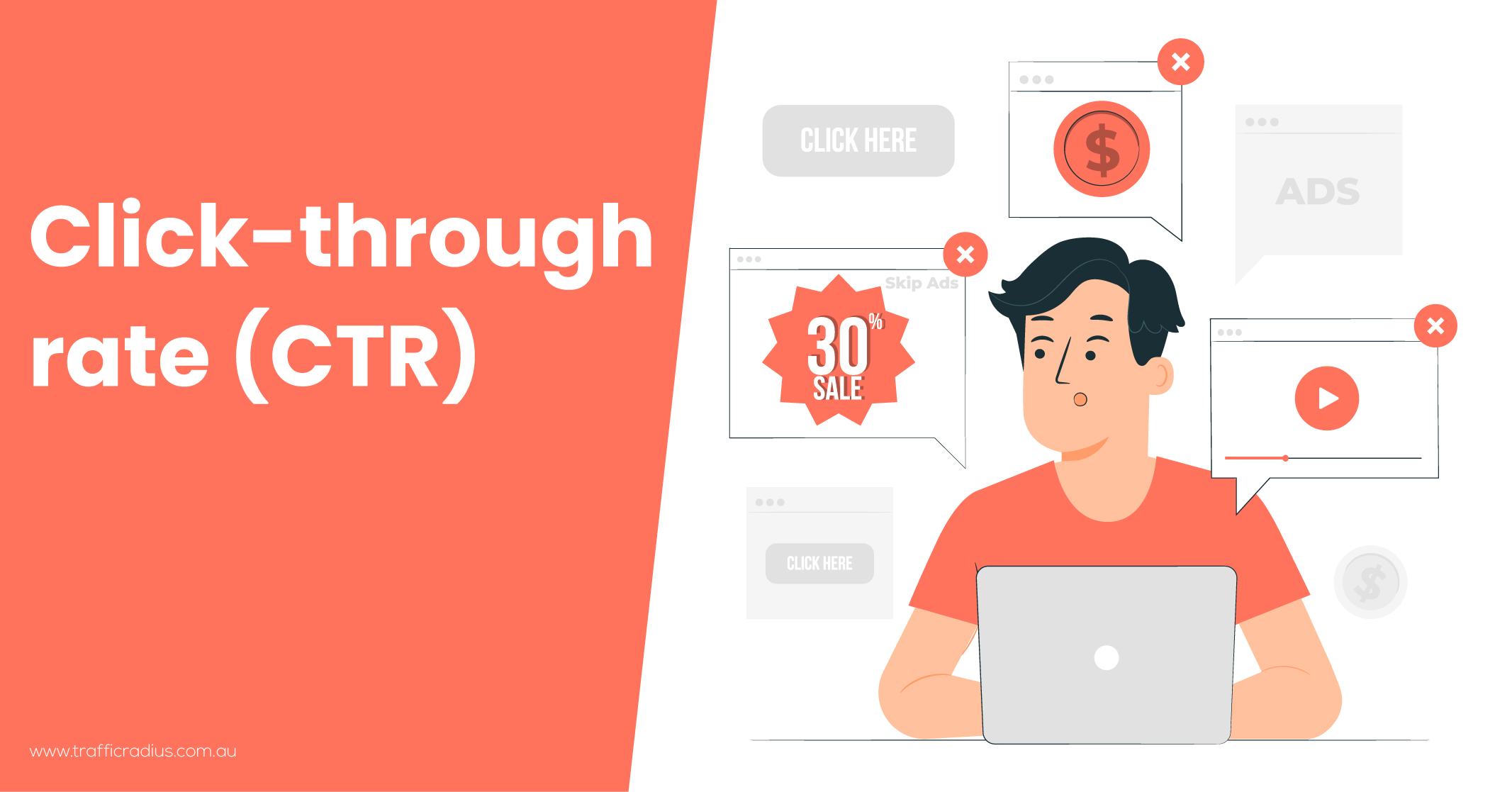
CTR represents the percentage of users who clicked on your ad out of the total number of users who saw it (impressions).
Why measure CTR?
Measuring CTR provides deeper insights into engagement beyond raw click numbers. It offers context and acts as a compass for ad relevance and effectiveness.
While ad visibility is important, CTR puts into perspective how many clicks your ad received compared to the total opportunities for clicks (impressions).
A lower CTR may indicate that your ad isn’t effectively capturing your audience’s attention, and the messaging or call-to-action may not be resonating.
How to measure CTR
To calculate CTR, divide the number of clicks by the total impressions of the ad and then multiply by 100.
A conversion occurs when a user both clicks on your ad and completes the desired action, which you determine. This action could involve downloading a guide, subscribing to a newsletter or booking a discovery call.
Why measure conversions?
Think of conversions as your compass on a hike. Not measuring conversions is like navigating without a compass; you may have a sense of direction, but you won’t know if you’re progressing toward your goal or straying off course.
Having an ad with numerous views is of little benefit if the desired action isn’t being taken. It’s essentially a wasted investment.
How to measure conversions:
You can access conversion metrics on your PPC platform. The platform collects this data using a piece of code triggered each time the desired action is completed. For instance, the code could be attached to a ‘Thank You’ page displayed when a user signs up for the newsletter or downloads a whitepaper.
The Pay per click conversion rate reflects the real magic that happens after a user clicks on your ad. It represents the percentage of actual conversions compared to the total number of attempts (i.e., clicks).
Why measure CVR?
Measuring CVR is like measuring conversions but goes a step further. It reveals the number of missed opportunities and encourages continuous refinement until you achieve maximum conversions.
The conversion rate also provides insights into user intent and readiness to buy. If one of your campaigns has a higher CVR than others, it likely indicates higher user intent from that campaign.
How to measure the conversion rate:
To calculate the conversion rate, divide the number of conversions by the total number of clicks on your ad within a specific time frame. Then multiply the result by 100 to obtain a percentage.
Cost/spend refers to the amount you invest in running your PPC campaigns, as each interaction with your ads incurs a small fee.
Why measure cost/spend?
Measuring cost/spending is essential to ensure you stay within your budget and manage your expenses effectively.
How to measure cost/spending:
You can easily access this information on your analytics dashboard. Many platforms offer detailed reports, allowing you to view your spending based on factors like time periods or specific campaigns.
Cost per click (CPC) refers to the fee paid for each click on an ad. You bid the maximum amount you are willing to pay for a click, and a higher bid increases the likelihood of your ad being displayed for a specific keyword.
Why measure CPC?
Keeping a close eye on CPC is crucial to avoid slipping into budget mayhem. As you increase your CPC, it’s important to maintain control over your expenses.
How to measure CPC:
To calculate your CPC, divide the total cost of clicks by the total number of clicks. This simple calculation provides your cost-per-click metric.
CPV comes into play when you run a video campaign on platforms like YouTube and Facebook. A view is counted when the viewer watches your video ad for more than 30 seconds (or the full duration if less than 30 seconds), and you are charged a fee for this interaction.
Why measure CPV?
Measuring CPV provides valuable data to identify trends, patterns, or the performance of specific videos. Understanding how much each view costs allows you to allocate your budget strategically.
How to measure CPV:
To calculate your CPV, divide the total cost of the campaign by the number of views. This calculation gives you your Cost per View metric.
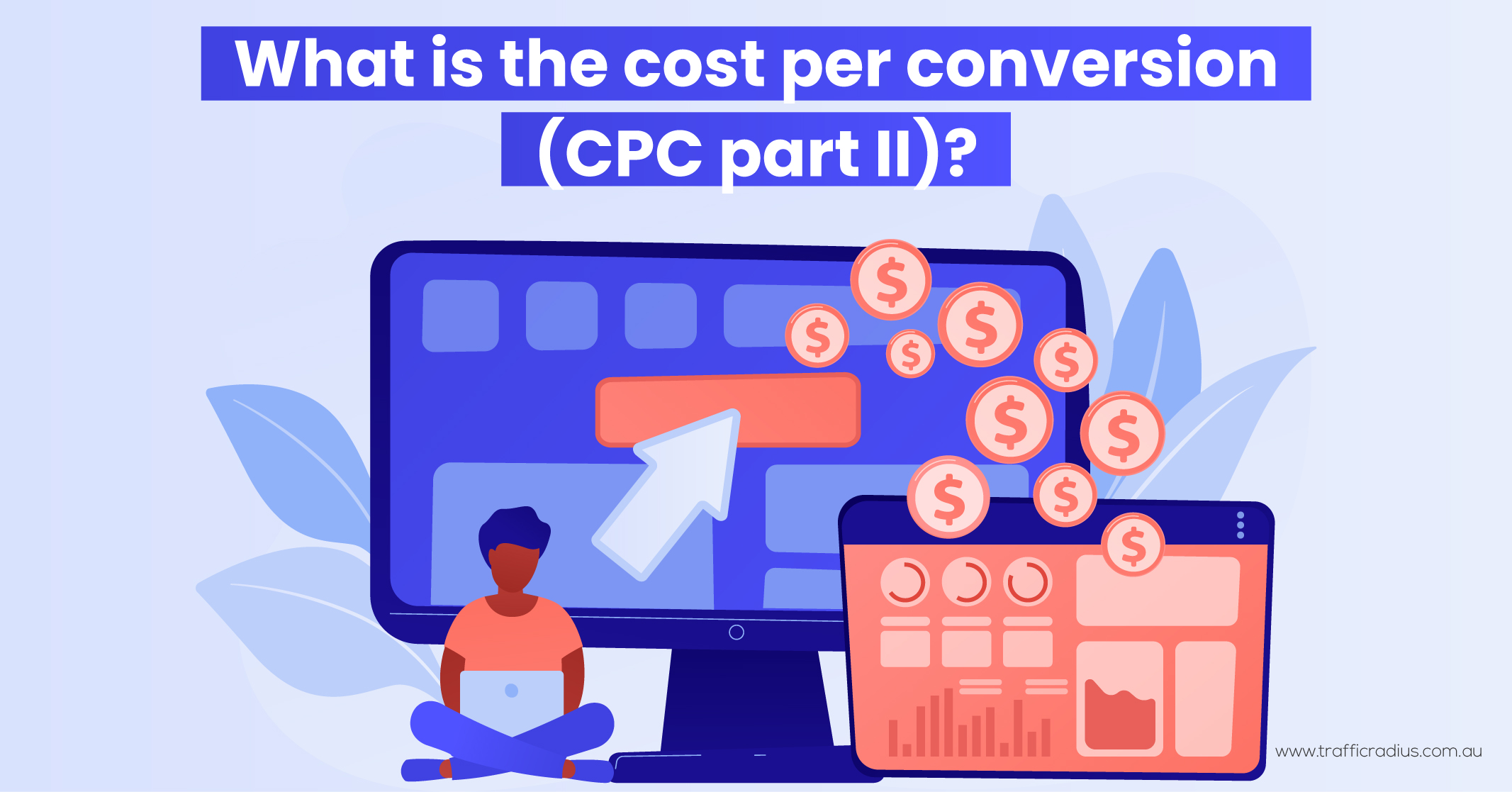
Cost per conversion (CPC) measures the expense incurred for each conversion on your ad. As an overarching metric, conversions may vary depending on the campaign’s goals. Under the CPC umbrella, you’ll find similar metrics such as:
Cost per Lead (CPL): CPL informs you about the investment required to capture each potential lead, evaluating the cost of converting visits into actionable leads for your business.
Cost per Acquisition (CPA): CPA acts as a financial detective, calculating the average cost to acquire a customer or achieve the desired action. It helps determine if you’re paying an appropriate amount per customer.
Why does it need to be measured?
Measuring these metrics is essential to assess the cost-effectiveness of ad campaigns, evaluate the investment needed for each conversion or lead, and ensure the cost to acquire customers aligns with business goals. Monitoring these metrics aids optimisation, resource allocation and ensures desired outcomes are achieved.
How to measure CPC:
To gather CPC data, divide the total campaign cost by the number of successful conversions (or leads generated if calculating CPL). This calculation provides your Cost per Conversion metric.
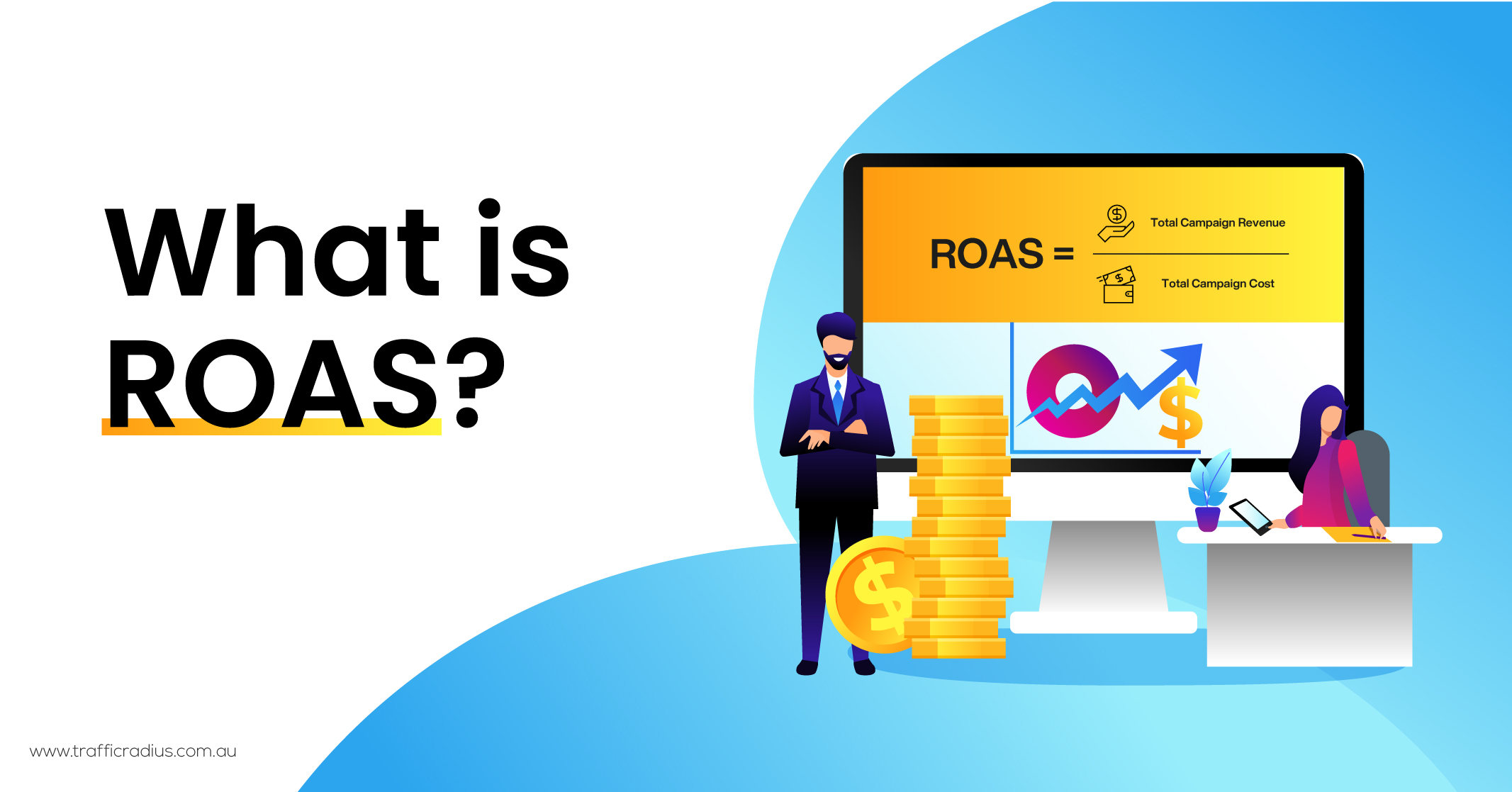
ROAS quantifies how effectively your ad campaigns generate revenue compared to the amount invested.
Why is measuring ROAS important?
Measuring ROAS is crucial for two reasons: 1) It enables data-driven decisions with your ad budget. 2) High ROAS indicates success, while low ROAS suggests adjustments are needed for better performance.
How do you measure ROAS?
To calculate ROAS, divide your revenue from ads by the cost of those ads, and then multiply the result by 100. A higher percentage signifies a better return on your ad spend.
Ad Position
What is an ad position?
Ad position refers to where your ad appears on a page in search engine results. It is influenced by factors like ad quality and the keyword bid.
Why is ad position important?
Ad position acts as a reality check, indicating whether your ad is relevant and engaging and whether your bidding strategy is on point. It helps assess if adjustments are needed to remain competitive.
How do you measure ad position?
You can find ad position metrics on your PPC platforms, though the specific metric may slightly vary depending on the advertiser you are using.
Comparing PPC metrics to those of your competitors is essential for putting them into context and equipping you with the necessary data to achieve superior outcomes.
Firstly, you have the option to select any competitor(s) to view their top-paid keywords.
In the Top Paid Keywords overview, you gain immediate insights into the keywords your competitor is bidding on, along with valuable information about keyword volume and CPC. This snapshot empowers you to decide whether it’s worth investing in similar keywords or focusing on opportunities they might have overlooked.

Developing an effective PPC marketing strategy requires meticulous planning and execution. Here are the essential steps to create a successful pay-per-click marketing strategy:
By diligently following these steps and remaining proactive in your approach, you can forge a thriving PPC marketing strategy that drives relevant traffic, boosts conversions and maximises your ROI.
Throughout this journey, you’ve likely unravelled the mysteries of various metrics, from impression share to conversion rates, and discovered how to derive valuable insights from the abundance of PPC data at your disposal.
Moreover, you’ve grasped the significance of monitoring your competitors’ PPC strategies. By tracking their metrics, you can learn from their triumphs and setbacks, enabling you to fine-tune your strategies and secure top positions for your ads. Embrace these learnings and watch your pay-per-click marketing campaign soar to new heights!

LEAVE A REPLY